Events
The Forgotten Half of Change
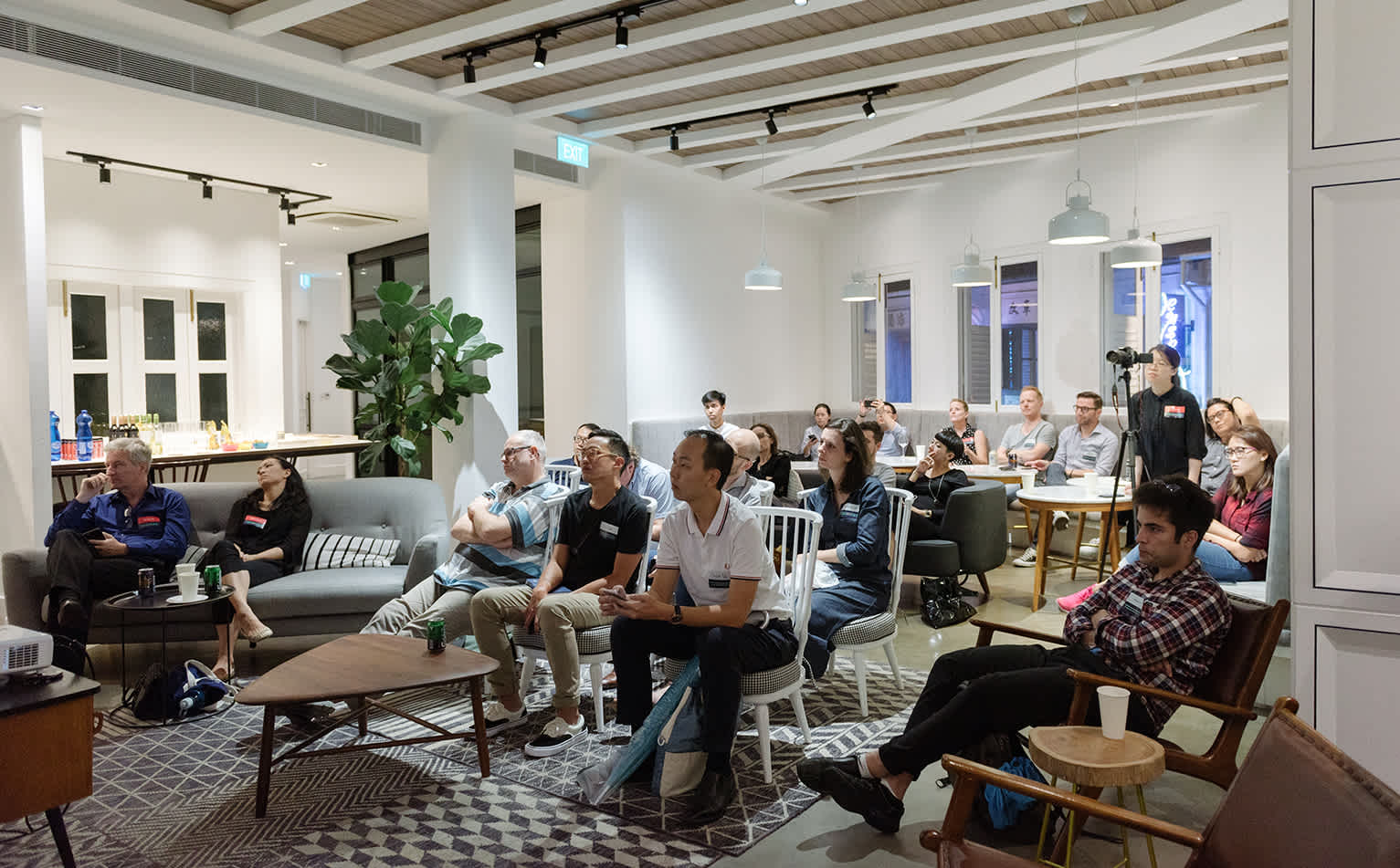
To help you stay up to speed with what’s happening in the world of innovation, creativity and design, we organize high-impact meetups called TomorrowToday.
On 12 December we organized the 2nd event in our Singapore series. This time we asked ourselves: what is the often forgotten second half of change? According to Belgian engineer and professor Luc de Brabandere: if you truly want to change things, you need to change twice. Where innovation processes change reality by delivering new products or services, creativity is essential for changing perception: the way people think about these products or services. More often than not, this second aspect of change is overlooked, resulting in failed product launches or services that nobody understands.

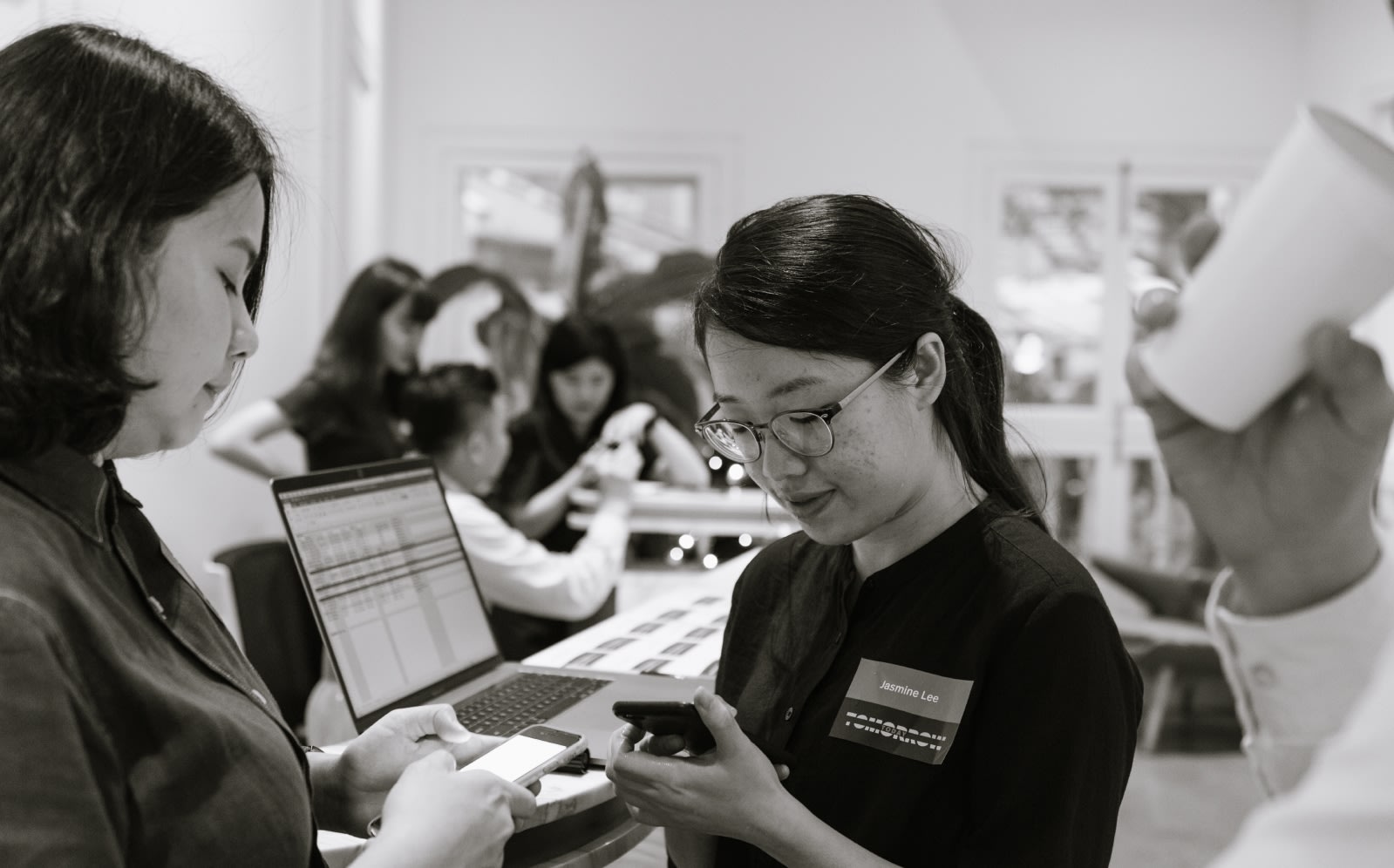
Expanding our role as designers – sometimes even by letting go of our craft – can lead us to more meaningful and purpose-led solutions. Marisa Agrasut
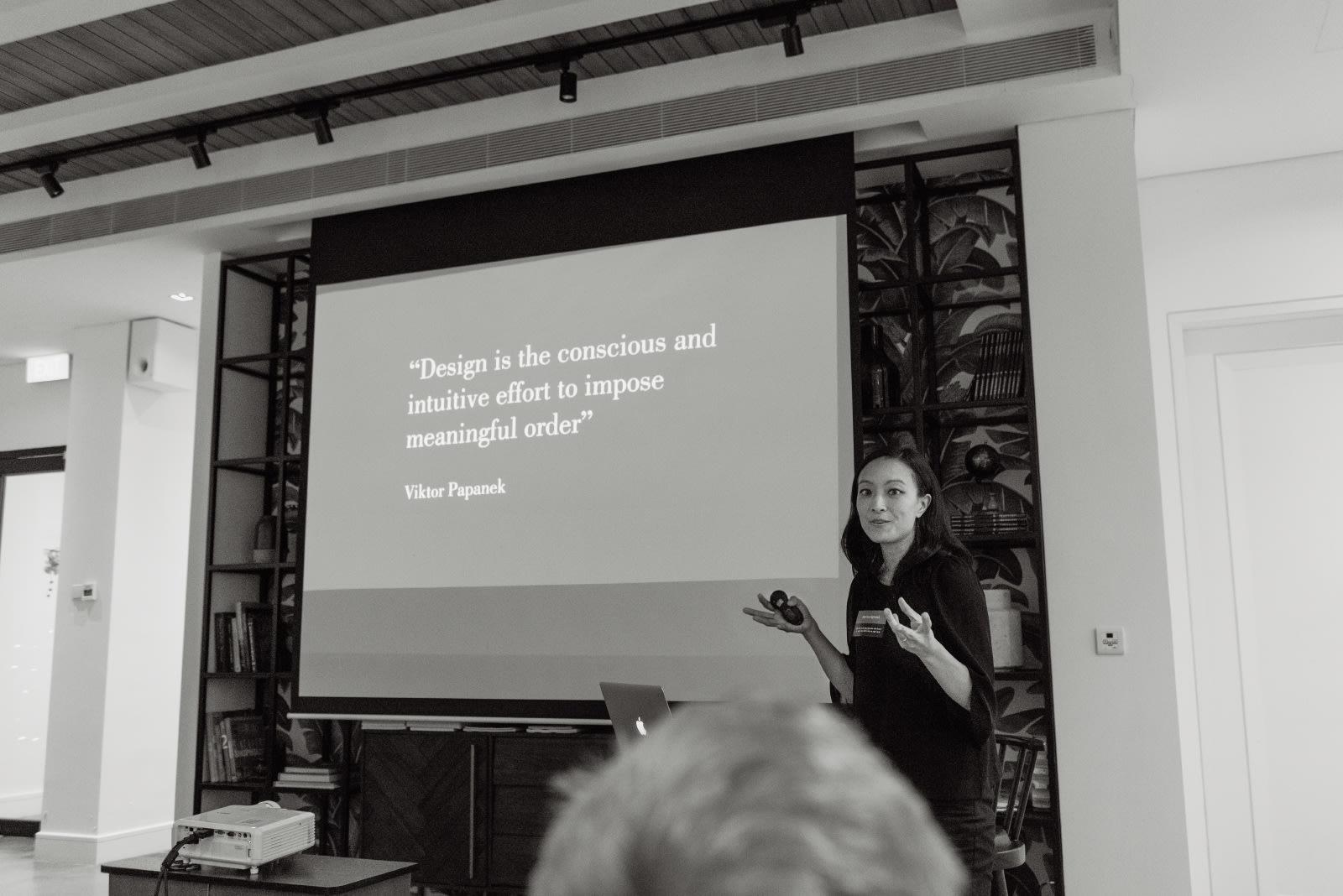
Marisa Agrasut, Co-founder and Innovation Consultant at The Inceptery, kicked off by sharing aspects of her professional journey so far. She told us about her development as a designer who ‘doesn’t have a craft’, unlike many other designers out there. Her experiences led her to question, seed and redesign just about everything that clients threw at her, constantly envisioning the future with a systematic and holistic approach. Her search for the balance between reality and perception made her also rethink the question: What is Design? She found her answer in Victor Papanek’s book ‘Design for the Real World, Human Ecology and Social Change’: “Design is the conscious and intuitive effort to impose meaningful order.” With a clear emphasis on ‘meaningful’.
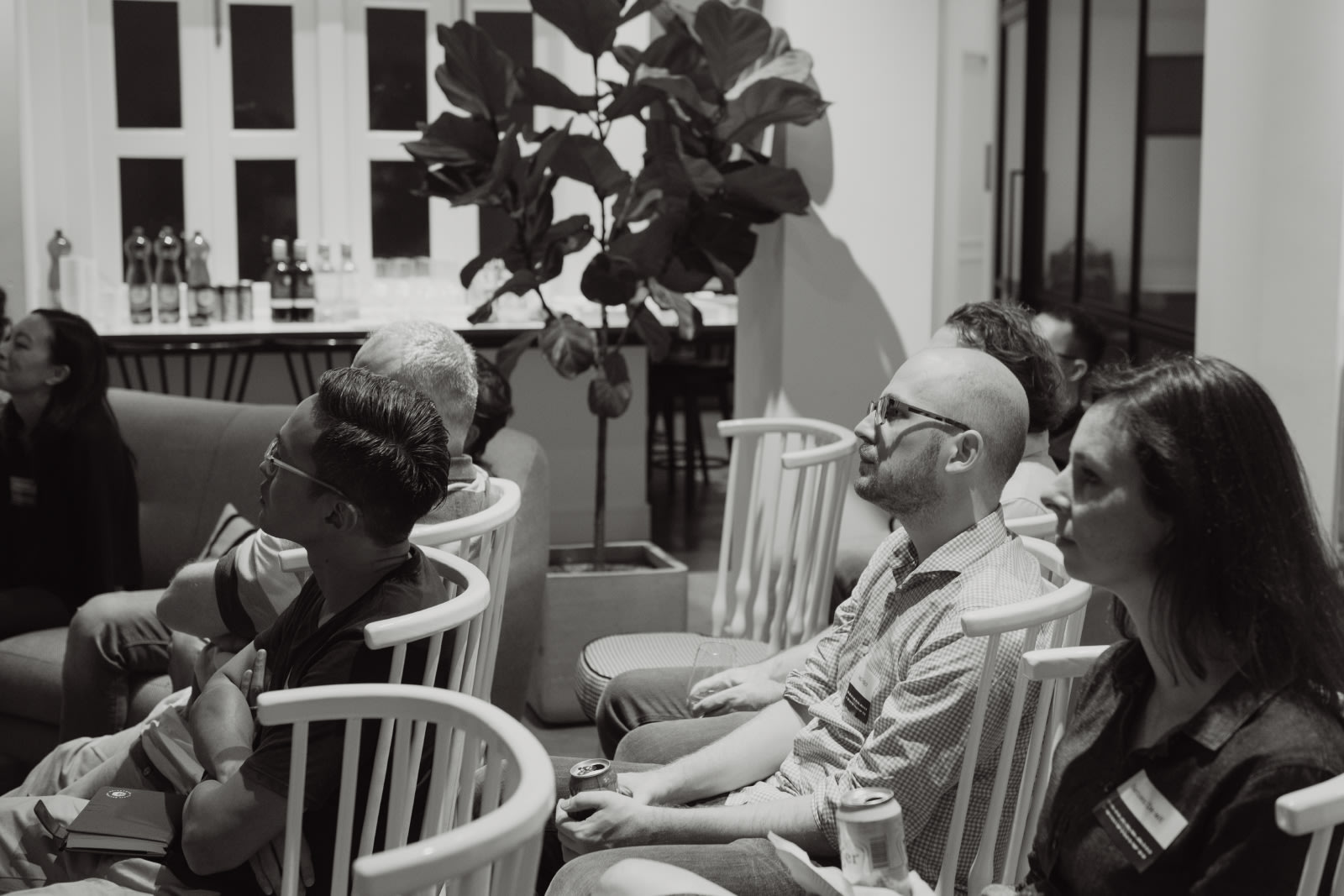
Experience. Think. Test. Apply. Rinse & Repeat.Ivonne Bojoh
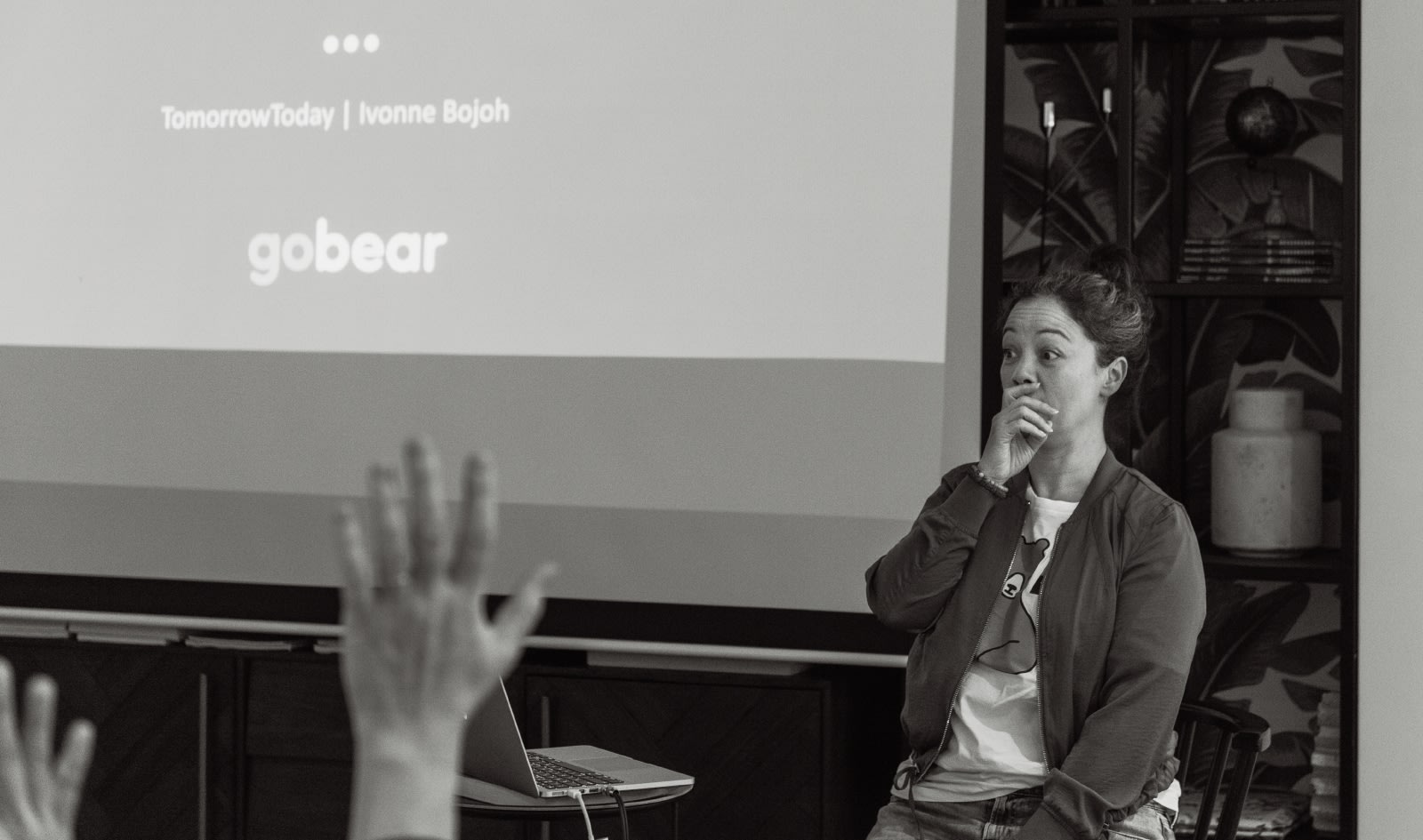
Ivonne Bojoh, Co-founder and CXO at GoBear, explained that product designers at a startup like GoBear struggle on a regular basis with the perception gap. Sometimes, solutions seem so obvious, why spend so much time on user research and reflection? Well, it’s simple really: you (as a product designer) are not the user. You need to step back and think before you act. Do our users really want to compare bank accounts? If you realise that more than 40% of people in countries like Vietnam, Philippines and Indonesia don’t even have a bank account, you also realise that rethinking and reframing the service offer can lead to a more relevant comparison with a much broader reach.
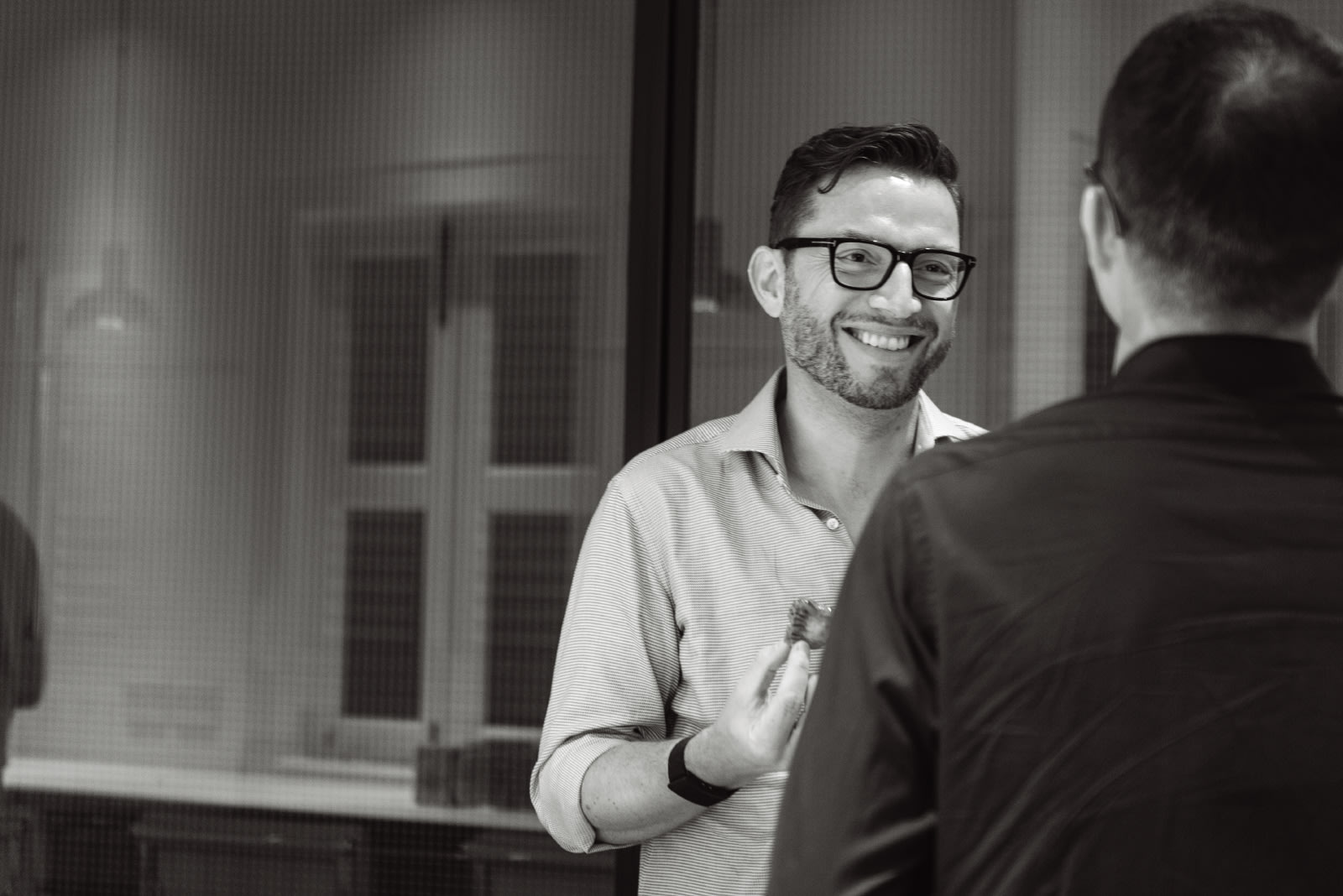
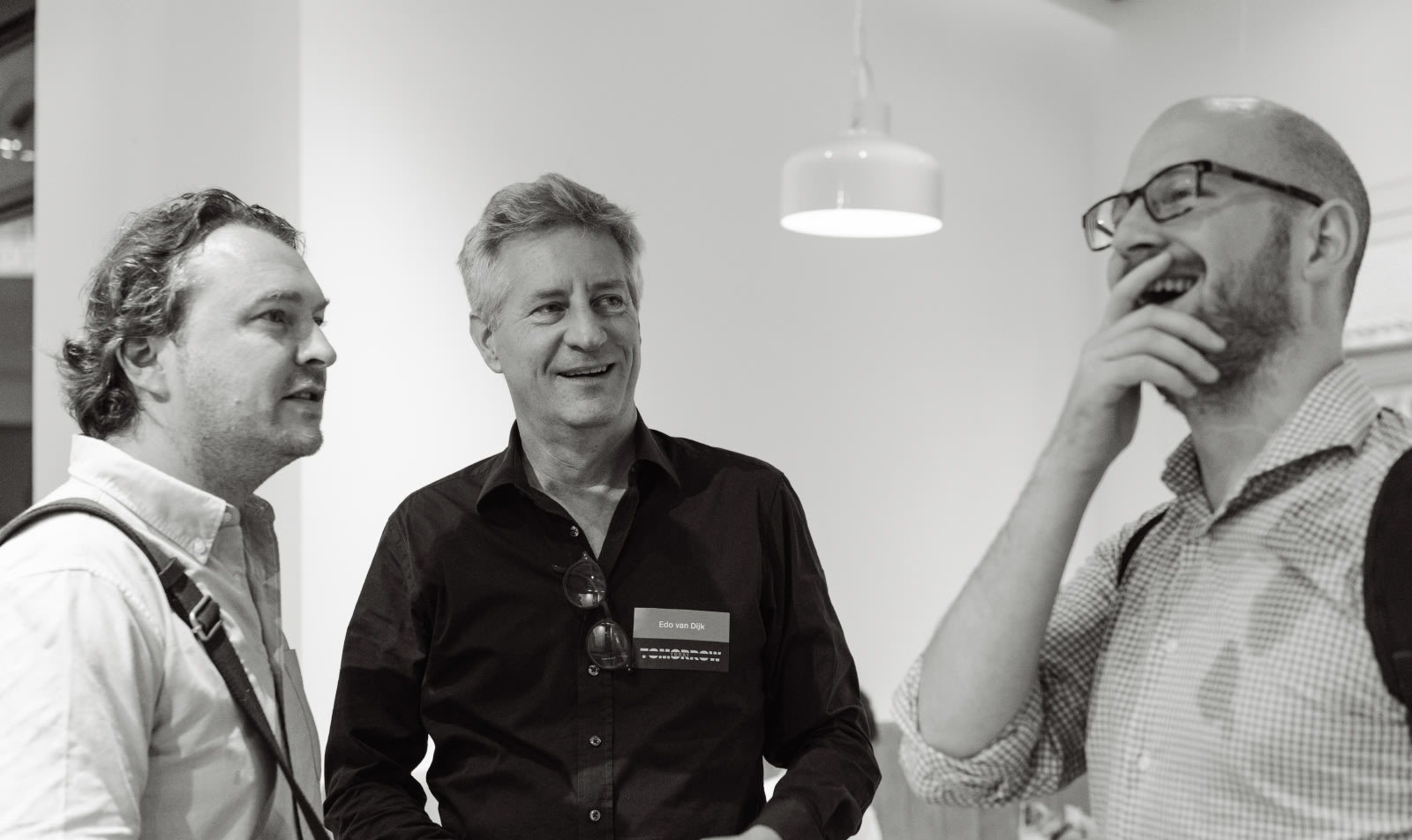
The discussion about reality, perception, creativity and innovation continued after the presentations, providing food for thought for the future.